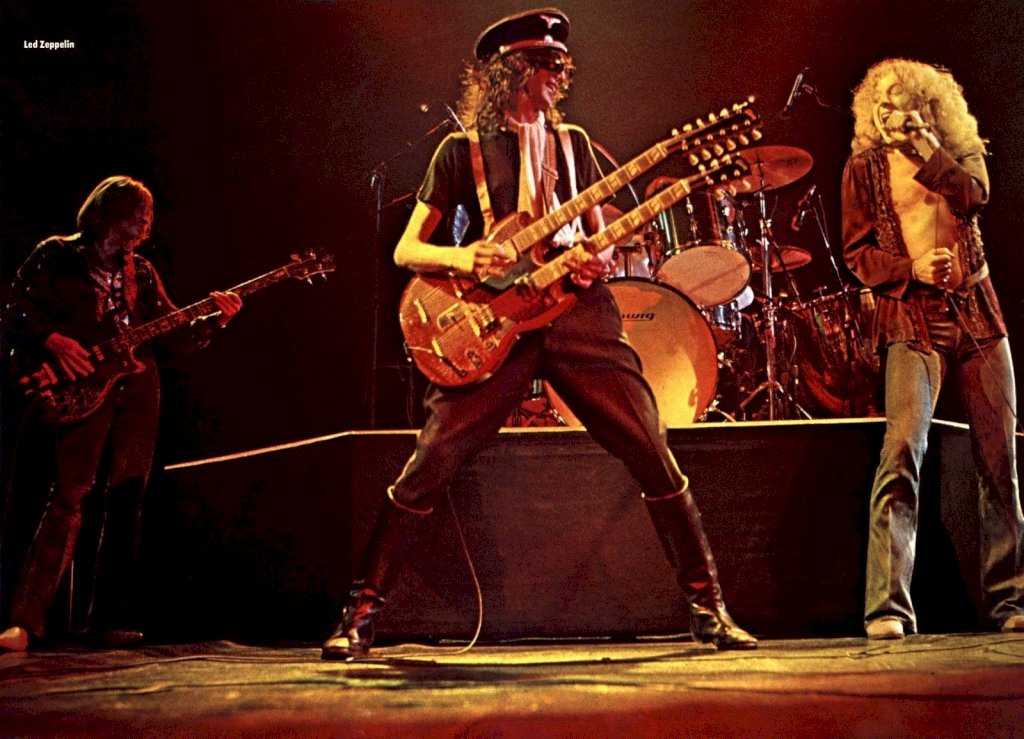The 1950s witnessed the advent of Formula 1 racing as a global phenomenon, captivating audiences with its adrenaline-fueled speed, technological advancements, and fierce competition.
In the midst of this exhilarating era, the United States hosted its first Formula 1 race in 1959, marking a pivotal moment in the sport's history.
The excitement, challenges, and impact of the 1950s Formula 1 race in America, exploring its significance in shaping the future of motorsports in the country.
Formula 1's Arrival on American Soil:
a. Growing fascination with motorsports: The 1950s saw a surge in the popularity of car racing in the United States, driven by the post-war economic boom and an increasing fascination with speed and technology.
b. The birth of Formula 1: Formula 1, with its highly engineered and powerful race cars, had already gained significant traction in Europe and other parts of the world. The decision to bring this prestigious championship to American shores was met with great anticipation.
The Venue:
a. Sebring International Raceway: The inaugural Formula 1 race in America was held at the iconic Sebring International Raceway in Sebring, Florida.
Known for its challenging circuit and demanding conditions, the track added an extra layer of excitement and difficulty to the competition.
b. A testament to endurance: The choice of Sebring showcased the ambition of American organizers to create a race that not only tested the speed and skill of drivers but also emphasized the endurance and durability of both the machines and the participants.
The Cars and Drivers:
a. Technological marvels: The 1950s witnessed significant advancements in race car engineering, with Formula 1 cars becoming faster, sleeker, and more aerodynamically efficient.
American spectators were treated to the sight of cutting-edge machinery that pushed the limits of what was thought possible.
b. Legendary drivers: The race featured a stellar lineup of international drivers, including iconic figures like Juan Manuel Fangio, Stirling Moss, and Phil Hill.
Their skill, bravery, and fierce rivalries added an extra layer of excitement and drama to the event.
Challenges and Triumphs:
a. Adaptation to American conditions: Many European drivers faced the challenge of adjusting to the unique demands of the Sebring circuit and the different racing culture in America.
The heat, humidity, and rough track surface presented unfamiliar obstacles that required quick adaptation and resourcefulness.
b. Intense competition: The race was marked by intense battles for supremacy, with drivers pushing themselves and their machines to the limit.
The American audience was enthralled by the spectacle of high-speed duels and daring overtakes, witnessing the pinnacle of motorsport talent.
Impact on American Motorsports:
a. Broadening horizons: The 1950s Formula 1 race in America served as a catalyst for the growth and diversification of motorsports in the country.
It exposed American spectators to a level of racing previously unseen on their home soil, sparking a deep fascination and passion for the sport.
b. Paving the way for future events: The success of the inaugural Formula 1 race set the stage for subsequent races in the United States, including the establishment of the United States Grand Prix.
These events not only became staples of the American motorsport calendar but also attracted international attention and participation.
c. Legacy of American drivers: The race also had a profound impact on American drivers, inspiring a new generation of talent and paving the way for future champions.
Phil Hill, who competed in the inaugural race, went on to become the first American Formula 1 World Champion in 1961, leaving an indelible mark on American motorsports history.
The 1950s Formula 1 race in America was a watershed moment for motorsports in the country, igniting a passion for high-speed racing and pushing the boundaries of what was thought possible on American soil.
The combination of advanced technology, legendary drivers, and a challenging circuit created an unforgettable experience for both participants and spectators.
The event's impact reverberated far beyond its initial incarnation, setting the stage for the growth and popularity of Formula 1 and other motorsports in the United States in the years to come.
